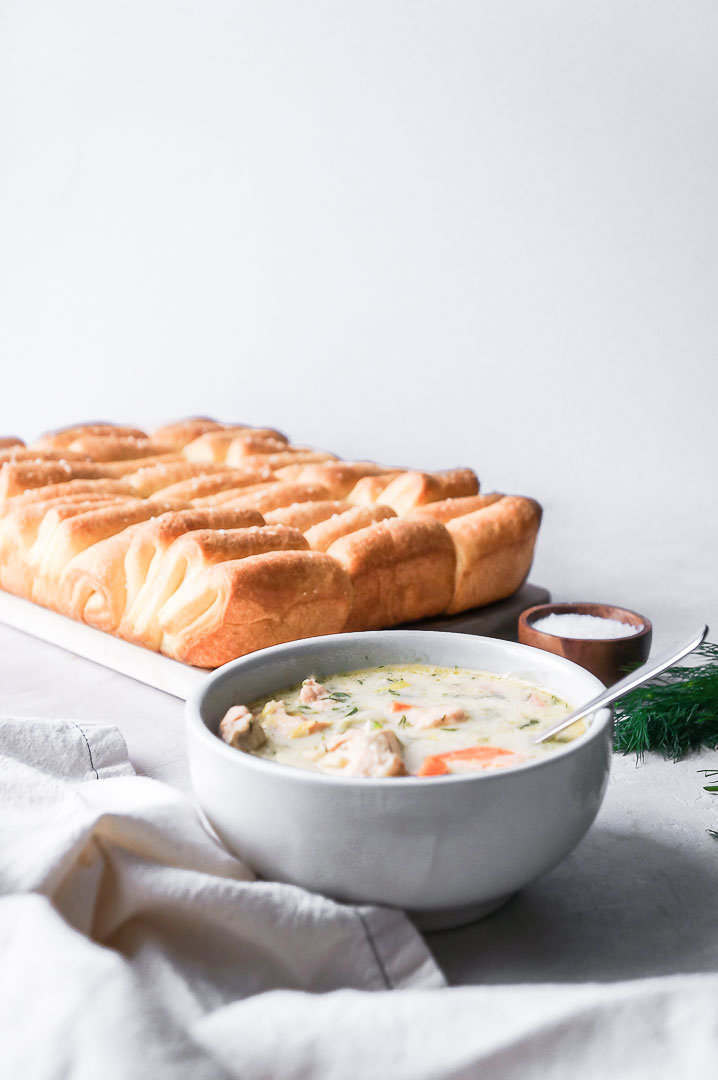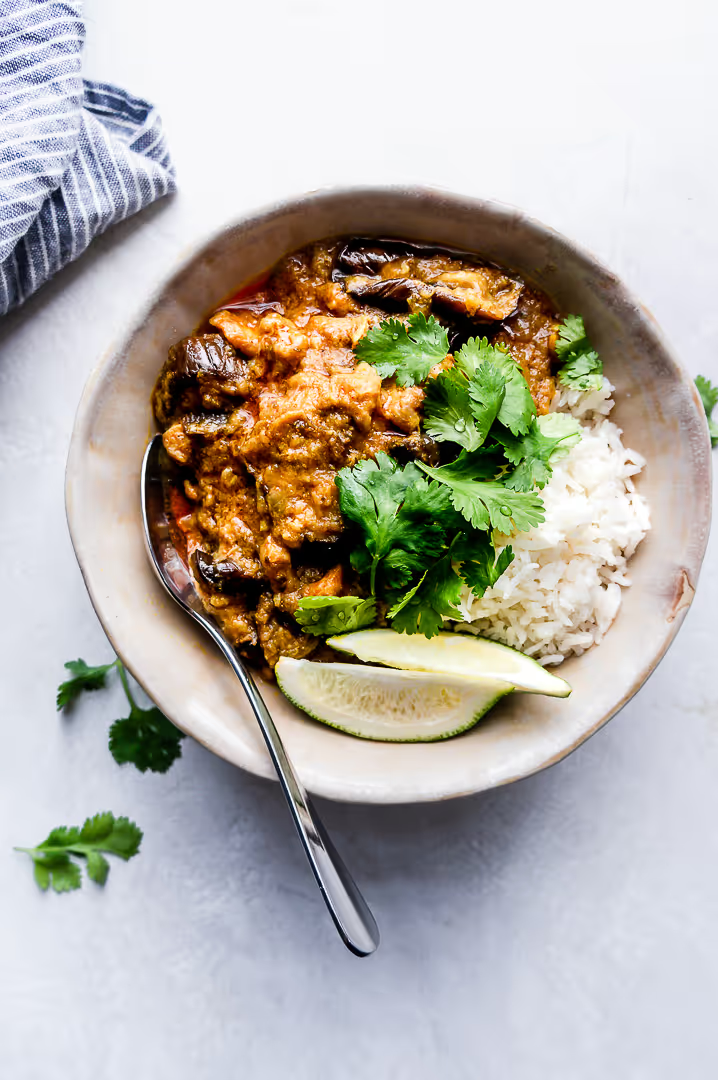In my early twenties my roommate invited myself and another friend to her parent’s home for dinner. It would be a themed potluck, wherein the host, and each guest, would make and bring a dish representative of their heritage. Initially, I was nervous. My roommate was second generation Italian, her father had been born in Italy and moved to Canada as an adult to teach at a university; the other friend on the guest list had been born in Albania and moved to Canada to attend university. Their connections to what they considered to be their heritage were more direct than my own; their options for dishes to bring seemed more obvious. Born and raised on the east coast of Canada, I had always felt as though my “Canadianness” amounted more to an absence of heritage than an easily identifiable set of cultural associations and practices. What dish would represent my Canadian identity? Eventually I figured it out. I settled on bringing a shepherd’s pie: a layer of ground meat topped with a layer of mashed potatoes, sometimes with a layer of peas and carrots in between. I was confident that this was an appropriate dish for the theme of the evening. Not only is much of my ancestry Scottish, English and Irish, but this was a dish that I actually grew up eating.

When the shepherd’s pie was brought to the table, my roommate’s father was surprised and confused. He had assumed that I was bringing a seafood course - perhaps lobster, he suggested. Setting aside what felt like the absurdity of two university professors in their 40s expecting an undergraduate to bring enough lobster to feed five people to their house when they themselves were serving a simple pasta, I suppose his surprise was understandable, in a way. The east coast of Canada is known, at least in the vague sense that outsiders can know a place, as a fishing region. But, my family is not made of fishermen, seafood is relatively expensive so I rarely ate it growing up. We did have the occasional father’s day lobster dinner with extended family, but I always found the sloppy process of cracking open the shells and digging the meat out from their insides to ruin my appetite. Most of my early-life experience eating seafood came in the form of a dreaded supper my sister and I referred to as “cheese fish.” From what I can remember, I assume it was some sort of small, tasteless, frozen white fish fillet, perhaps halibut, served with cheddar cheese grated over the top and broiled. Bringing fish to the dinner party hadn’t even occurred to me - mostly because I wouldn’t have known what to do with it.

Because of my unfamiliarity with seafood preparation, when I came across a recipe for this Finnish salmon soup and decided that I needed to make it immediately, I was initially intimidated by the use of fish heads in the traditional Finnish preparation. Granted, since the cheese fish days I have mastered various entry-level seafoods, frozen shrimp and ready-to-cook salmon fillets are some of my favourite proteins. But, I’ve yet to level-up to tasks like filleting or de-scaling a fish myself or cooking a whole fish. But, if, like me, you’re nervous about cooking with a fish head, let me assure that you that it was far easier than I anticipated, cheaper than cooking with pre-made fish stock, and this soup is so good that it is absolutely worth the effort of stretching your cooking comfort zone.

Options for Making the Fish Stock
This soup is essentially a two step process. First, make the fish stock. Then, make the soup. If you’re short on time, you can always make the stock ahead and finish the soup later. There are a number of ways this stock can be approached, depending on how much time and money you want to spend:
- Use water or vegetable stock. I have not tried the soup using this method, but I assume it would have significantly less seafood flavour, and would not have the creamy texture of a stock made with fish heads (or bones).
- Use a pre-made fish or seafood stock. In an earlier iteration of this recipe I used mostly water to make a vegetable stock and then added two cans of seafood stock (I used the Bar Harbour brand). The soup is still delicious using this method, but the stock was very expensive at 5-6 dollars per can.
- Make a stock with fish heads (and bones if you can get them). This is the route I took with the recipe below. The resulting broth has a stronger fish flavour than the pre-made seafood stock creates, and also has a thicker, more gelatinous texture (especially as the soup sits for leftovers). Fish heads are significantly cheaper (I got mine for $2/pound) than pre-made seafood stock.
All you need to do to get the fish heads is ask for them. I called ahead to the seafood department at my grocery store to find out if and when they were available for sale. Be sure to ask if they will remove the gills for you, as leaving them in will impart bitter flavours to the stock. I neglected to do this and needed to cut and pull them out of the fish head myself. It is not difficult to do, but the process is rather unpleasant.

Notes and Tips for making fish stock and salmon soup:
- A lot of instructions for making fish stock warn about using the heads or bones of oily fish (like salmon) for making a basic fish stock, However, oily fish is fine to use if, as in this case, the soup or chowder you will be making with it features oily fish.
- When making chicken or vegetable stock I usually cut the vegetables fairly large - in halves or quarters. Here, I cut the vegetables small. The smaller size means more surface area, which means more flavour in the stock, which is especially important for fish stock, because it cooks much more quickly than chicken or beef.
- Serve the salmon soup with biscuits, bread or rolls. I like to serve mine with Bon Appétit’s parker house rolls.
- Storage: the stock will keep in the refrigerator for up to 5 days and in the freezer for up to 3 months. I haven’t tried freezing the soup but, if you do, you might want to freeze it before adding the cream, which tends not to freeze well, and add the cream after the soup defrosts.
Inspired by and adapted from: Peter’s Food Adventures, The View from Great Island, Serious Eats, Susanna Foo.
.svg)
Finnish Salmon Soup (Lohikeitto)
Creamy, comforting chowder-like salmon soup. An easy traditional Finnish recipe that starts with a homemade fish stock.
Ingredients:
Fish Stock
- 1 1/2 - 2 pounds fish heads
- 2 tablespoons kosher salt (for soaking fish heads)
- 2 leeks, sliced thinly (green parts only)
- 1 carrot, diced
- 1 onion, diced
- 12 cups water
- 1 teaspoon black peppercorns
- 2 bay leaves
- Handful of dill
Soup
- 2 tablespoons butter
- 5 small-medium potatoes, peeled and diced
- 3 carrots, peeled and sliced
- 2 leeks, sliced thinly (white parts only)
- 1 1/2 - 2 pounds salmon trimmings, chopped into 2” pieces
- 1 cup whipping cream
- 1 cup dill, finely chopped
- 1/4 teaspoon allspice
- Salt and pepper, to taste
Instructions:
- To prepare stock: Ensure the gills are removed from the fish heads. Place heads in a large bowl and cover with water. Add salt. Soak for 1 hour.
- In a large heavy stockpot or dutch oven, heat butter over medium heat. Add vegetables to the pot and sweat until they begin to soften, 5-7 minutes. Add fish head and cook, stirring frequently, until fish begins to turn white. Add enough water to cover the vegetables and fish (about 12 cups) and bring to a simmer. Simmer for 40 minutes.
- Set a fine mesh sieve over a large heat-proof bowl. Pour fish stock through sieve, allowing the solids to collect in the sieve, and the liquids to drain into the bowl. Discard solids and set fish stock aside.
- In the same pot or dutch oven, heat butter over medium heat. Add leeks, sweat until they begin to soften, 5-7 minutes. Add potatoes and carrots, and return the fish stock to the pot. Bring to a low simmer and cook until potatoes are soft, about 10 minutes. Add fish trimmings and continue to cook, at a low simmer, until fish is cooked through. About 5-7 minutes. Be careful not to overcook the salmon, you want it to have a silky, not dry, texture.
- Add the whipping cream, chopped dill and allspice. Stir to combine. Season with salt and pepper to taste. Serve




.jpg)
